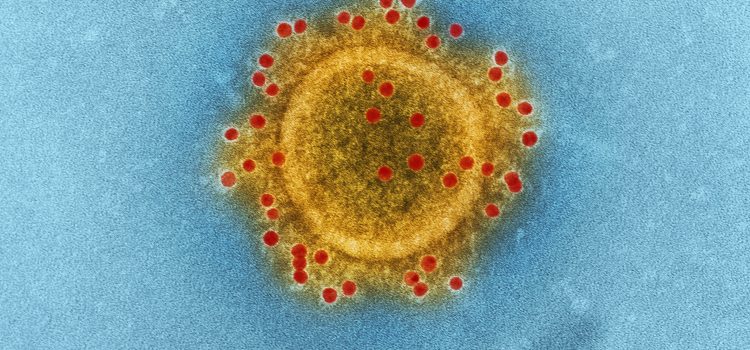
Sexually transmitted infections (STIs) are infections that are spread through sexual contact. While they can affect anyone who is sexually active, certain groups such as young adults and men who have sex with men (MSM) are at higher risk. In this article, we will discuss the most common types of STIs, their symptoms, and ways to prevent them.
Common Types of STIs
There are many different types of STIs, but the most common ones include:
- Chlamydia: A bacterial infection that can affect both men and women. Symptoms can include pain during urination, abnormal discharge, and pain during sex.
- Gonorrhea: Another bacterial infection that can cause similar symptoms to chlamydia. It can also lead to more serious complications if left untreated.
- Human Papillomavirus (HPV): A viral infection that can cause genital warts and increase the risk of certain cancers.
- Herpes: A viral infection that can cause painful sores on the genitals or mouth. It can be spread even when there are no visible symptoms.
- HIV/AIDS: A viral infection that attacks the immune system. It can be spread through blood, semen, vaginal fluids, and breast milk.
Symptoms of STIs
Many people with STIs may not experience any symptoms at all, making it important to get tested regularly if you are sexually active. However, common symptoms of STIs may include:
- Pain or burning during urination
- Abnormal discharge or bleeding
- Sores or bumps on the genitals or mouth
- Pain during sex
- Flu-like symptoms, such as fever and fatigue
Prevention Strategies
The best way to prevent STIs is to practice safe sex. This includes using condoms or dental dams during vaginal, anal, and oral sex. It is also important to get tested regularly, especially if you have multiple sexual partners or are starting a new sexual relationship.
Other prevention strategies may include:
- Getting vaccinated for HPV
- Avoiding sexual contact with someone who has visible symptoms of an STI
- Practicing good hygiene, such as washing your hands and genitals regularly
- Being open and honest with your sexual partners about your sexual history and STI status
Conclusion
Sexually transmitted infections are a serious health concern that can have long-term consequences if left untreated. By understanding the most common types of STIs, their symptoms, and prevention strategies, we can work together to promote sexual health and prevent the spread of STIs. Remember, it’s important to get tested regularly and practice safe sex to protect yourself and your sexual partners.










